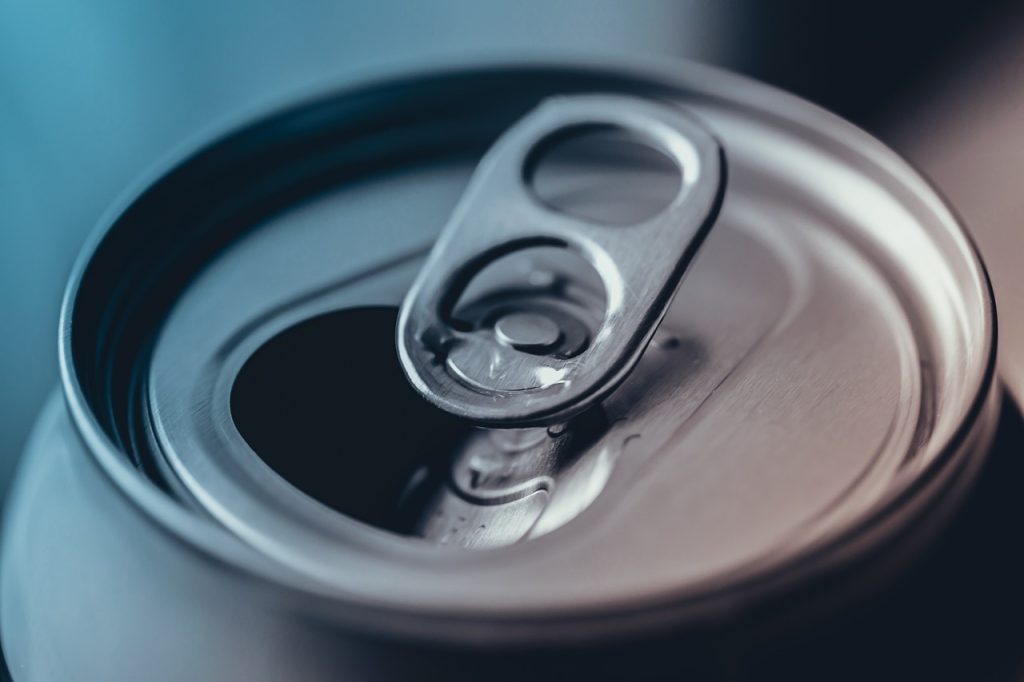All fields are required
Posted in Our Blog on May 16, 2024

You may have seen wineries expanding beyond the bottle in recent years. In fact, canned wine is on the rise. It isn’t, however, without its own set of hurdles.
Most wine connoisseurs judge a wine by their “legs” (how the droplets of wine fall back down when the glass is tilted) and the “nose” (the aroma), among other things. Unless poured into glass, the legs are absent and the nose may be less than desirable. It is that nose that becomes a problem in canned wine.
In fact, some canned wine may even put off a rotten egg smell.
Let’s delve into this topic.
Wine makers may be the head of the pack when it comes to marketing gurus. While the phrase may be, don’t just a book by its cover, people routinely select a wine based on the label.
It isn’t surprising that wine makes the leap to yet another interesting packaging design.
The humble aluminum can.
Single serve, easy to transport, beach friendly, and inexpensive. Canned wine is the new evolution of vino packaging. No corkscrew required!
It’s more eco-friendly as it can be recycled more times and can be used indefinitely. Cans are also more likely to be recycled. The global recycling rate for cans is estimated to be about 69%, whereas glass falls to around 26.5%. It is also lighter to ship than its glass counterparts.
“Craft beverages are changing, and beer and canned cocktails are the most illustrated example of the interesting packaging evolution, with a lot beverages moving into cans,” says Austin Montgomery, a doctoral student in the Cornell College of Agriculture and Life Sciences Viticulture & Enology graduate program.
In fact, by 2016 the global canned wine market was valued at $136.3 million. This grew to $211.4 million in 2020. By 2028, another 13.2% growth is projected. Making 2028 expectations close to $578.1 million.
Montgomery and team are the researchers behind the project that explored the foul “nose” of some wines and how to overcome the issue.
But before you can overcome the issue, you first have to understand it.
What exactly causes the “rotten egg” smell in canned wine?
It involves a chemical reaction of an important ingredient used in wine preservation and the aluminum in the can.
Sulfur dioxide, an essential ingredient that has been used to prevent oxidation and microbial formation for decades, is the chemical of interest. When at a lower pH, most of the sulfur dioxide exists as molecular SO2. The rest of the solution forms bisulfite, HSO3-.
Aluminum cans usually have a polymer liner to protect itself from the potentially interactive compounds held within. Unfortunately, bisulfite can overcome that barrier and diffuse through the polymer liner to interact with the aluminum.
This forms hydrogen sulfide.
Hydrogen sulfide is the source of that stinky egg smell.
This is certainly something bound to kill the mood. Not to mention the effect on the shelf stability and quality of the product.
Unfortunately, it doesn’t take much hydrogen sulfide to be noticeable.
“The sensory threshold in water is one part per billion. It doesn’t require a lot of hydrogen sulfide formation to really ruin a product,” says Montgomery.
This was the concept behind a recent research project.
“Our work provided guidelines for producers of any beverage containing sulfur dioxide to make sure the pH level is above a certain point and the amount of free sulfur dioxide is below a certain value so hydrogen sulfide doesn’t form,” Montgomery explained.
Is this why there is a drive to remove sulfites from foods, including wine?
Not exactly.
While certain sulfites, such as sulfur dioxide are used in preserving wine, they are also found in other foods. Foods, such as dried fruits, condiments, canned fruits and vegetables, jams and jellies, potato chips, and baked goods commonly contain sulfites as a preservative. Often in quantities higher than typically found in wines.
The average bottle of white wine contains around 80 ppm sulfites. A bag of dried fruit has a whopping 3500 ppm.
Some people have sulfite allergies, which affect the types of foods they can consume. About 1% of the U.S. population has a sulfite allergy or sensitivity.
Common side effects include:
Back to the research.
The hypothesis of this research project involved can liners and how different can liner types may affect hydrogen sulfide formation.
Common aluminum can liners include bisphenol A (BPA) epoxy, non-BPA epoxy, and acrylic.
The project involved incubating 10 wines under conditions with three different commercial liners. These canned wines were stored for eight months, a typical shelf-life expectation. After 8 months, the research team measured sulfide levels.
As it turns out, two factors were necessary to reduce the foul Hydrogen Sulfide formation in canned wine.
Both the concentration of sulfur dioxide used in the preservation process as well as the use of epoxy liners.
A low amount of molecular sulfur dioxide (less than about 0.4 mg/L) and epoxy liners (either BPA or BPA-free) were critical to reducing hydrogen sulfide formation for up to eight months.
The research team expects that this happy combination may also work with other corrosive beverages, such as ciders or drink mixes.
Have you had canned wine before? How do you prefer it? Canned or bottled?
If you’d like to know more about food safety topics in the news, like “Canned Wine Is on the Rise. But the “Nose” May Need Some Work.”, check out the Make Food Safe Blog. We regularly update trending topics, foodborne infections in the news, recalls, and more! Stay tuned for quality information to help keep your family safe, while The Lange Law Firm, PLLC strives to Make Food Safe!
By: Heather Van Tassell (contributing writer, non-lawyer)